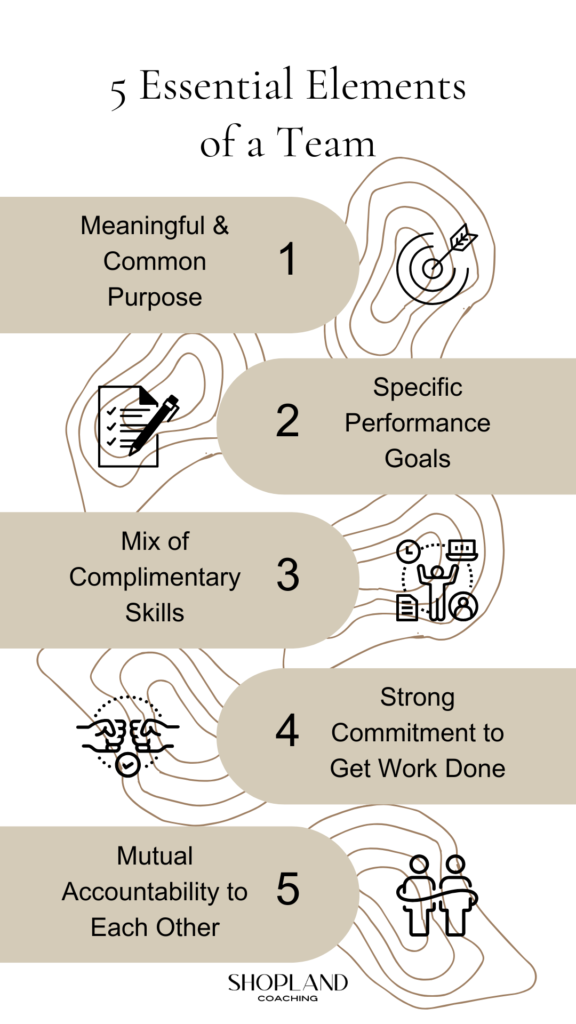
How to Build a Winning Team
Have you ever watched a group of kids playing a new sport and wondered, will they ever learn this game? I was reminded recently of when I coached our daughter’s soccer team. They would run all over the field chasing the ball. They were like a pack moving forward and backward, and side to side, as the ball was kicked by someone. At the time I had no idea how to build a winning team.
No one knew what to do with the ball, other than to kick it. Occasionally there was a player that had some athletic ability and could run faster than all the rest. They would break away from the pack and sprint off down the field with the ball. Inevitably they would stumble and the pack would catch up to them and get the ball back. Or if they were very talented, they might even score a goal.
As an adult, we would look at this group of soccer players and wonder if they would ever learn how to play as a team.
After a couple of games of playing together, the team would get to know each better. The talented kids would start to dominate the play and even taking the ball away from their own player. This was easier then waiting for a pass. It was not pretty, but it achieved the goal of getting the ball into the back of the net.
Individual commitment to a group effort - that is what makes a team work, a company work, a society work, a civilization work.
Vince Lombardi
What Makes a Great Team?
This conversation came up when I was talking to a CEO about their business teams, and how the behaviours of individual team members impacts all the other team members.
The CEO was frustrated that some of their teams were dominated by 1 or 2 members, and there seemed to be very little growth opportunities for the other team members.
In fact, the teams were not functioning as a team at all.
5 Key Elements of a Team
How do you get people to function as a team?
Let’s start at the beginning.
What is a team?
A team is a group of people that share promises with each other and collaborate together, to generate action and to achieve goals, through coordination and commitment.
Although somewhat wordy, this definition includes all the key attributes of a team.
If you are a leader that is building a team, or looking to improve your current team, here are 5 key elements for any team.
1. Meaningful & Common Purpose – All teams must have a shared purpose that is meaningful to all members.
2. Strong Commitment to Get Work Done – All team members must be dedicated to the shared purpose and commit to get the job done.
3. Specific Performance Goals – Leaders must set clearly defined goals for the team that are specific, measurable and achievable.
4. Mutual Accountability to Each Other – Trust is what will make a team perform and when all team members are accountable to each other they will achieve the goals.
5. Mix of Complimentary Skills – All teams must have a mix of skill sets that compliment each other as this ensure that the team is focused on all outcomes to achieve the goal.
Ultimately, the practices of a good team is not about the bricks (people), it is about “the mortar” that holds it all together.

How to Build a Winning Team?
How are good teams built? With clarity.
Just as when those kids were chasing the ball all over the field, teams can sometimes feel as though they are doing the work, but not producing the results. This is caused by a lack of clarity for the team and each of the members.
Consider these points of clarity for a new team or a team that is not functioning as expected.
- Is there a clearly defined scope and a set of boundaries?
- Does the team have clear rules or a code of conduct?
- Does the team understand how they will make decisions?
For teams that have mastered the previous three points, ongoing dialogue is required to ensure the functioning of the team.
- What new projects are brought to the team?
- How does the team pass work to others, or get clarify from their leaders?
- How are key deadlines transitioned or handed off to others?
Leaders inspire effective action toward desired goals and they know that a shared purpose is more powerful than a collection of individual accomplishments.
Just as with business teams, once the leader (coach) provides a shared purpose, sets some boundaries and learns each of the team members strengths, our daughter’s team started to work together as a good team.
Which of the five elements are you focusing on with your team?

